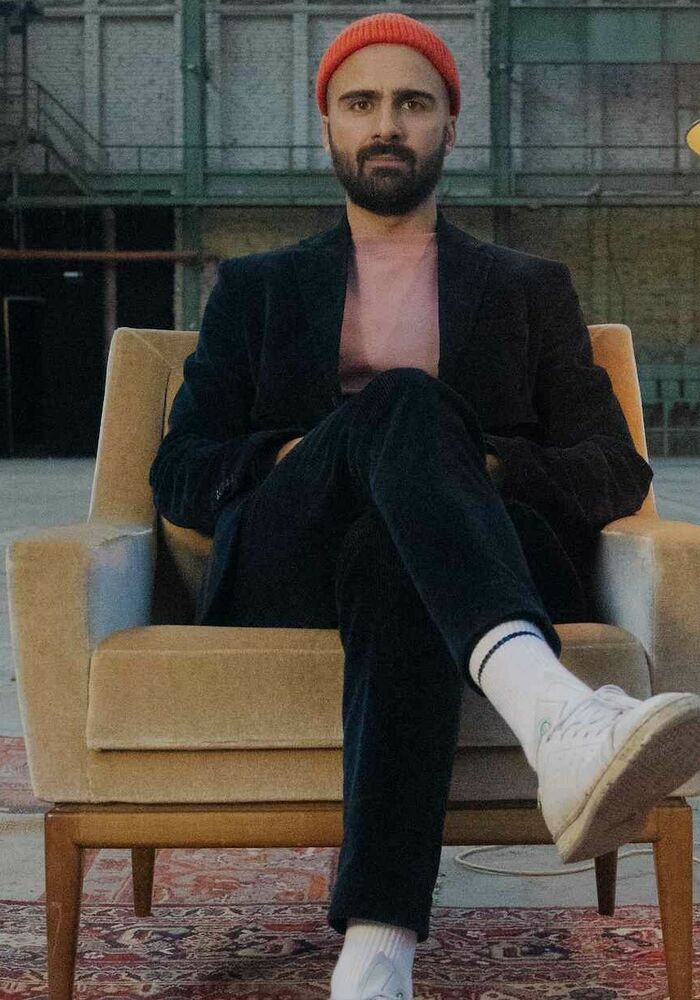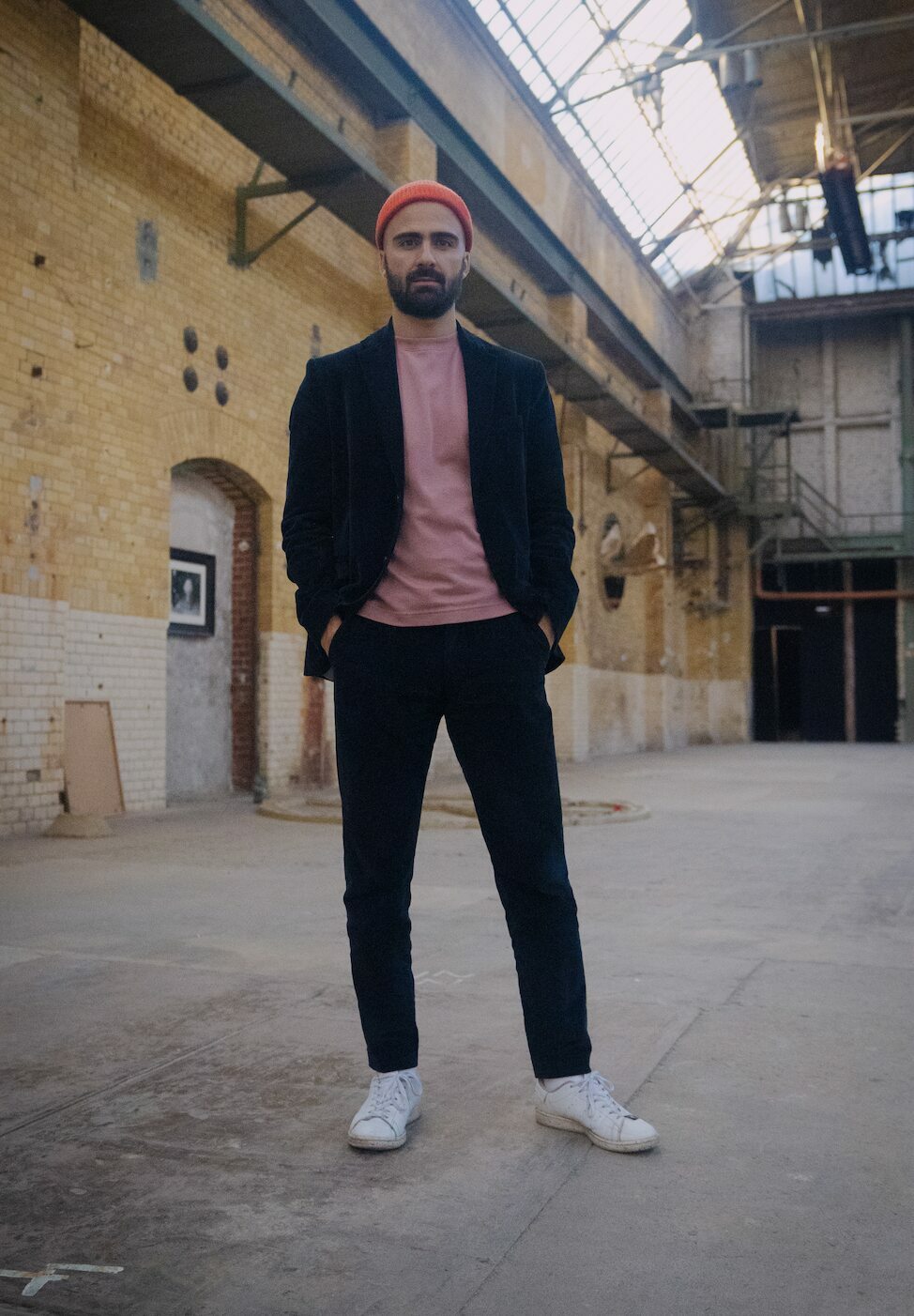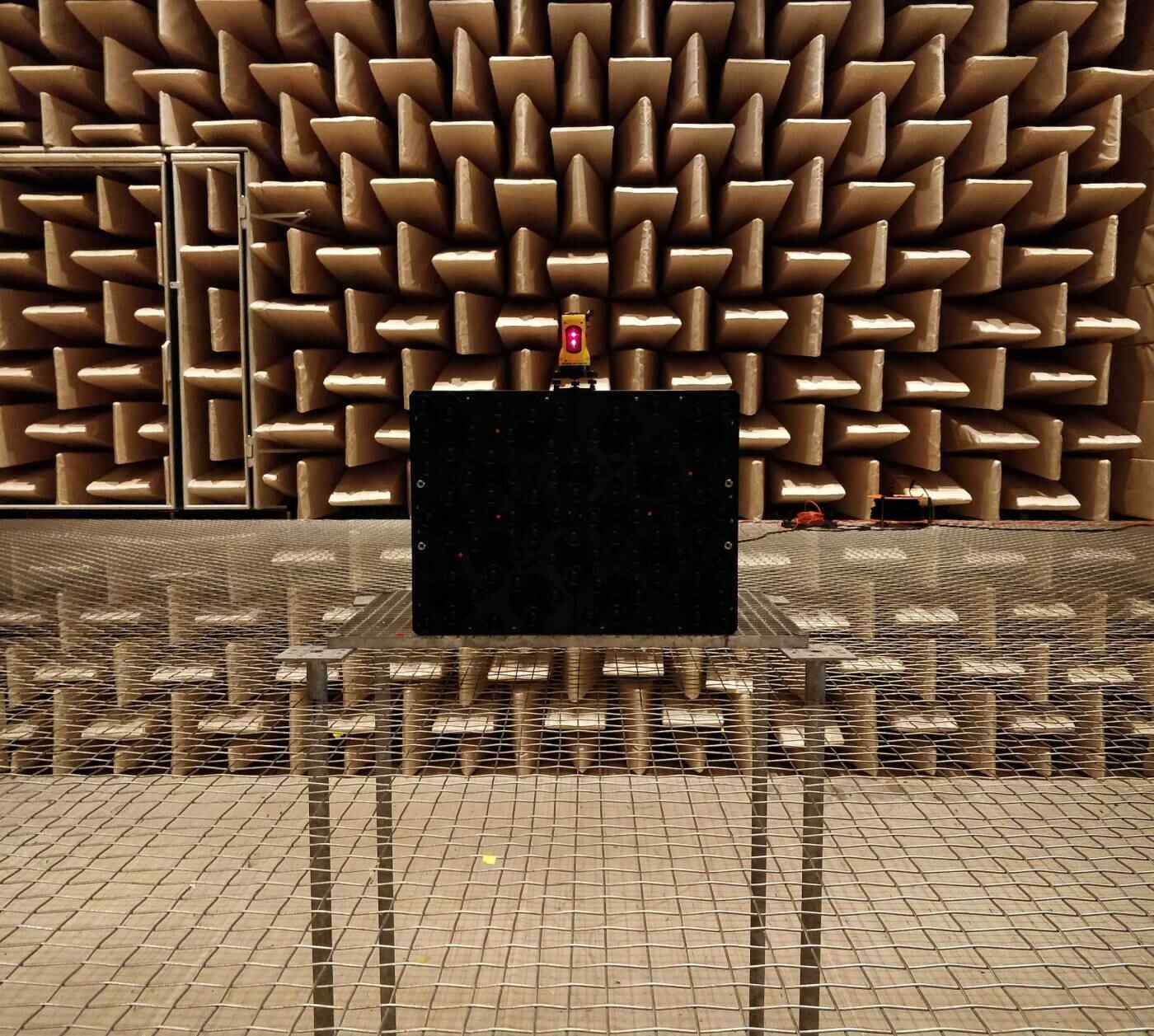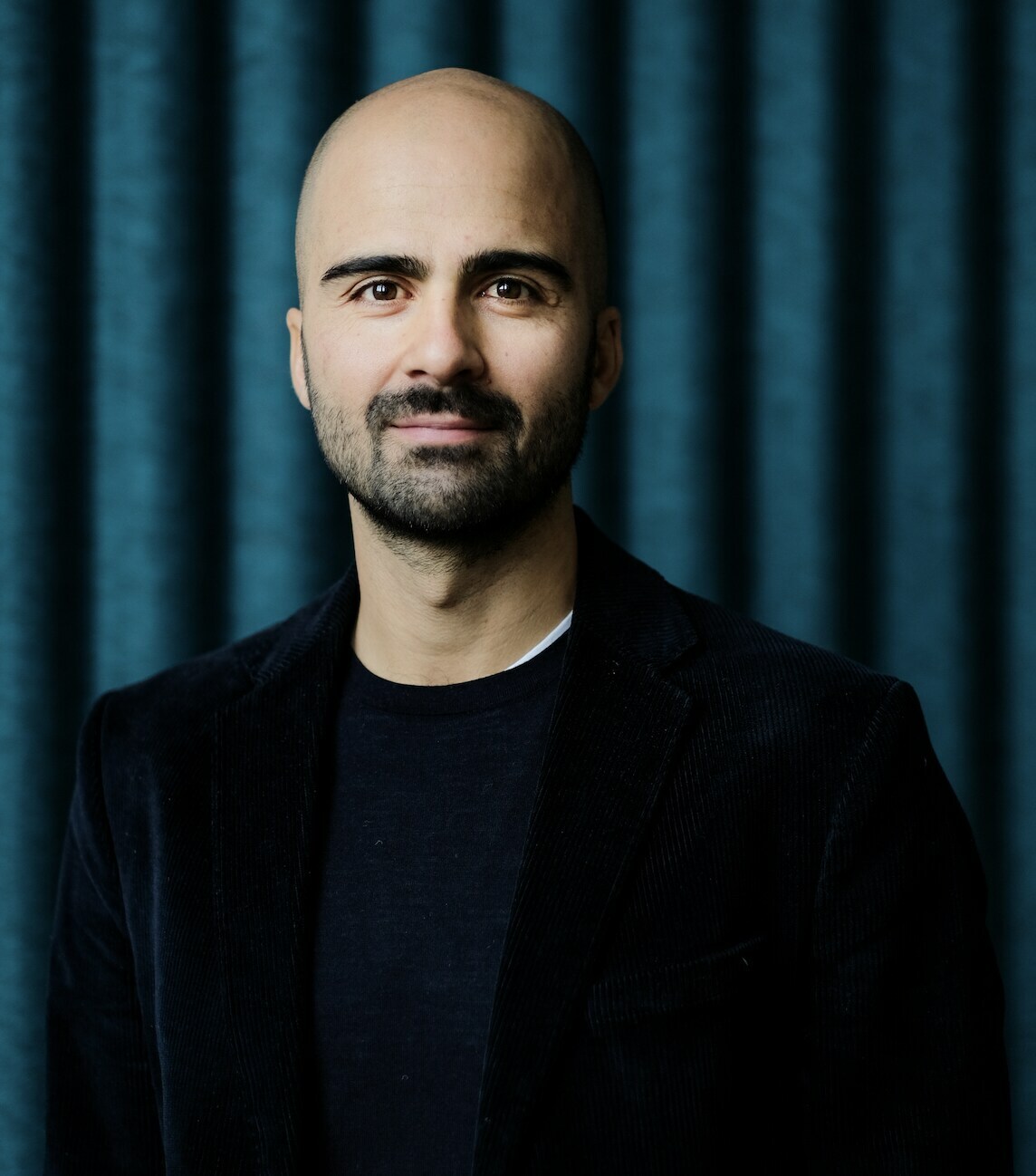Before Headliner even lands in Berlin for our rendezvous with Holoplot CEO Roman Sick, it is evident that our meeting isn’t going to be quite the standard business interview fare. When invited to sit down for an extended in-person chat, the venue of choice is typically a meeting room at the company in question’s HQ. If not, it’ll be a nearby café of some description. In this case, we are told to head to MaHalla – a building located in one of east Berlin’s thriving creative quarters…
When we pull up outside, we are met by a sprawling industrial building that looks something akin to a power station. Vast chimneys protrude at various points, looming heavily over the street outside, while rows of glass windows beam in shafts of bright sunlight.
Upon entering the imposing and impressive structure, all long-since-used cast iron machinery and steely surfaces, one can’t help but feel transported to a remnant of a bygone era, harking back to the city’s heritage as an industrial powerhouse. Skylights funnel even more natural light inside, making for a warmer welcome than its interior invites one to expect.
Before long we are greeted by members of the Holoplot team, equipped with sandwiches, hot drinks and cakes, who explain that MaHalla is today utilised as a community focused creative hub, renting out its various rooms as studios for virtually all conceivable art forms, while the large space in which we are about to conduct our interview is routinely used for exhibitions, parties and all manner of events and gatherings.
Just before Sick’s arrival, we are shown to our interview spot. A cosy 1950s style living room setup has been assembled in the centre of the venue’s biggest open space, complete with small coffee table, lamp, TV, sofa and armchair. As we said, it’s far from standard fare…
Unsurprisingly, Sick is not your typical pro audio/pro AV CEO, and not just because his backstory is stark in its contrast to most of his contemporaries. Donning a red beanie hat, neatly trimmed beard and dressed in a dark blue blazer over a pink jumper, his look doesn’t fit the profile of a suited and booted corporate executive.
If the aim here was to make a statement, then Holoplot has certainly succeeded. Indeed, the company has been making some big noises since Sick took over the reins in 2016. Despite his warm, affable demeanour, he has been quick to opine on the state of the pro audio industry, highlighting not only on what he considers a dearth of innovation, but also his company’s unique ability to drive some much-needed evolution.
With a background in economics, audio admittedly wasn’t a vocation. Unlike the founders of so many of the industry’s biggest players, he wasn’t a sound engineer, inventor or audiophile. Instead, his interest in the market and subsequent passion for it was piqued over time.







